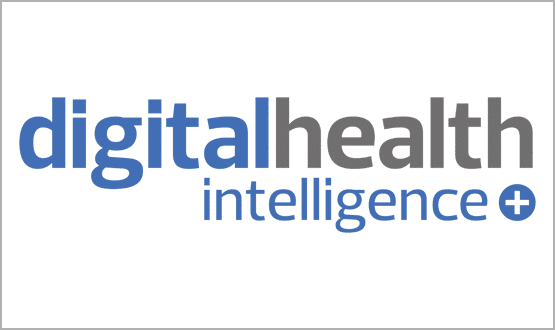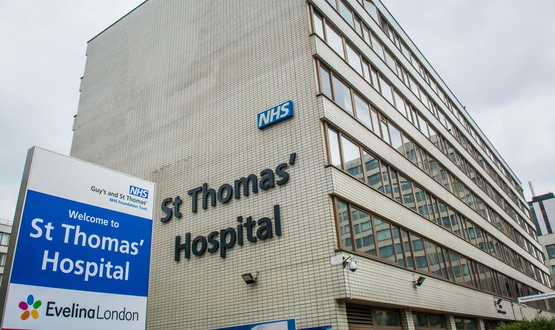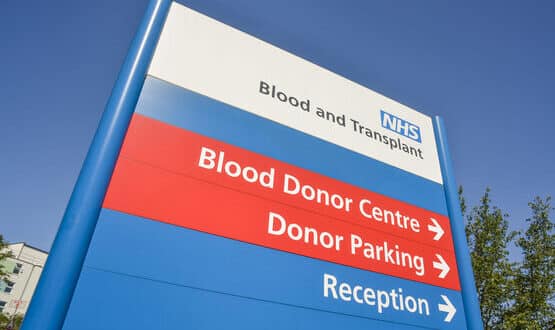Guy’s and St Thomas’ selects Nuance to deliver speech recognition tech
- 28 April 2021

Guy’s and St Thomas’ NHS Foundation Trust has chosen Nuance to deliver speech recognition technology as part of its digital transformation strategy.
The AI computer software company’s Dragon Medical One software will be integrated with the trust’s Epic electronic health record. This will allow more than 10,000 clinicians to compile clinical documentation and navigate patient records using their voice instead of typing.
The trust recently established its Apollo programme, in partnership with King’s College Hospital NHS Foundation Trust, to transform how its services are delivered and how patients engage with their own healthcare. This includes the electronic health record system from Epic and supportive technologies to replace paper documentation and consolidate patient records for easy reference by clinicians at the point of care.
Robyn Tolley, Apollo programme director at the trust, said: “Our initiative aims to use technologies that make it easier for staff and patients to access required information and data.
“Our collaboration with Nuance will enable clinicians to create accurate, high-quality patient records more efficiently, empowering them with better information and freeing them to do what they do best – improving outcomes for patients.”
Nuance Communications is due to be acquired by Microsoft in a deal worth about £14.3billion ($19.7 billion) and is expected to be completed by the end of the year.
Its healthcare solutions capture, improve, and communicate more than 300 million patient stories each year, helping more than 550,000 clinicians at 10,000 healthcare organisations worldwide.
Diana Nole, executive vice president and general manager of healthcare at Nuance, added: “Guy’s and St Thomas’ NHS Foundation Trust has been proactive in responding to the challenge of changing demands, such as the growth in telemedicine, by putting technology at the heart of its long-term strategy.
“Facilities that use Epic choose Nuance solutions because of our longstanding partnership and proven technology integration. Our deeply embedded solutions allow care teams to engage with conversational user interfaces to practice medicine and create effective clinical documentation while maximising the value healthcare organisations receive from their EHR.”





1 Comments
Its not givin me my passport app sayin i had my two neetles for corc facs
Comments are closed.